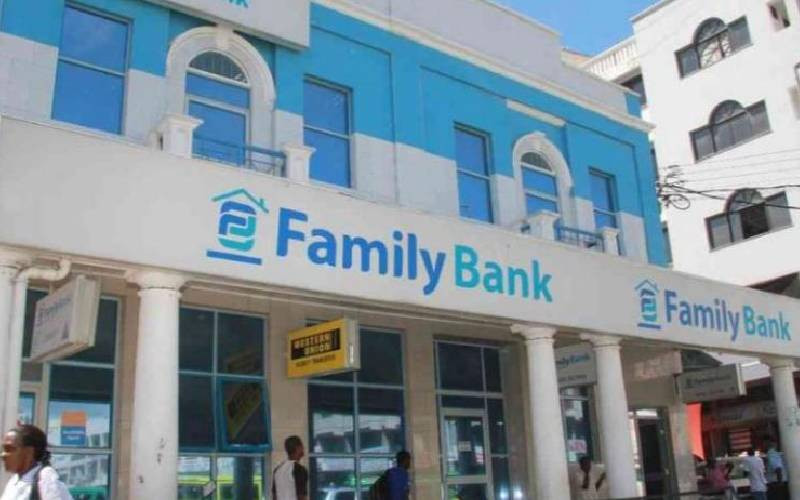Nairobi; Kenya: Kenyans are yet to reap the benefits of affordable interest charges despite the Government’s spirited efforts to have commercial banks lower the cost of borrowing.
The latest survey by the Central Bank of Kenya (CBK) shows the prevailing high interest-rate environment has pushed up the level of non-performing loans (NPLs) in the banking industry to new highs with six (6) out of 10 sectors facing difficulties in loan repayments.
The survey, which was made public yesterday, revealed that interest on loans and advances was the major source of income for commercial banks during the three months to September 30. It accounted for 59.2 per cent of the lenders’ total income during the period.
High cost of doing business has also been blamed for the high interest rate regime with the World Bank citing that East Africa’s largest economy has only improved marginally this year (2014) in terms of the business regulatory environment.
According to the CBK survey, the stock of NPLs increased by two per cent to Sh103.7 billion in September, up from the Sh101.7 billion recorded in June, prompting commercial banks to adopt enhanced appraisal standards to mitigate the heightened credit risk.
Among the sectors that suffered increased level of NPLs during the third quarter (June-September) are personal and household, real estate, building and construction, transport and communication, energy and water, mining and quarrying.
The Government has also announced ambitious measures that include naming and shaming expensive lenders and keeping them out of the domestic market. The National Treasury in collaboration with the CBK has hinted at the possibility of ranking lenders according to their charges on loans on a weekly basis as part of efforts to promote full disclosure of bank charges to ensure the public make informed decisions when borrowing.
The introduction of a uniform Kenya Banks’ Reference Rate (KBRR) upon which banks would price their lending rates meant that all new flexible loans issued after July 1, 2014 would be priced using the new transparent pricing framework.
The banks would, however, have a transition period of one year to recalculate their existing loans in line with the new framework.
Central Banks Monetary Policy Committee (MPC) in July set its benchmark-lending rate to commercial banks dubbed the Central Bank Rate (CBR) at 8.50 per cent and set the KBRR at 9.13 per cent.
This level of the KBRR remains effective from July 8, 2014 until January 2015.
Attempts by the banking regulator to use the CBR to control interest rates have not been very successful as the monetary instrument has always been ignored by banks.
While the CBR has been at 8.5 per cent for months, majority of the key players are yet to lower their lending rates, which currently average 16.04 per cent, according to data from Central Bank.
As part of the measures to tame soaring interest rates, the Government is also working to promote full disclosure of bank charges through introduction of an Annual Percentage Rate (APR) for loans by the banking sector. The Government is also fast tracking the modernisation of lands registries to facilitate quicker collateral processing.
 The Standard Group Plc is a
multi-media organization with investments in media platforms spanning newspaper
print operations, television, radio broadcasting, digital and online services. The
Standard Group is recognized as a leading multi-media house in Kenya with a key
influence in matters of national and international interest.
The Standard Group Plc is a
multi-media organization with investments in media platforms spanning newspaper
print operations, television, radio broadcasting, digital and online services. The
Standard Group is recognized as a leading multi-media house in Kenya with a key
influence in matters of national and international interest.
 The Standard Group Plc is a
multi-media organization with investments in media platforms spanning newspaper
print operations, television, radio broadcasting, digital and online services. The
Standard Group is recognized as a leading multi-media house in Kenya with a key
influence in matters of national and international interest.
The Standard Group Plc is a
multi-media organization with investments in media platforms spanning newspaper
print operations, television, radio broadcasting, digital and online services. The
Standard Group is recognized as a leading multi-media house in Kenya with a key
influence in matters of national and international interest.









